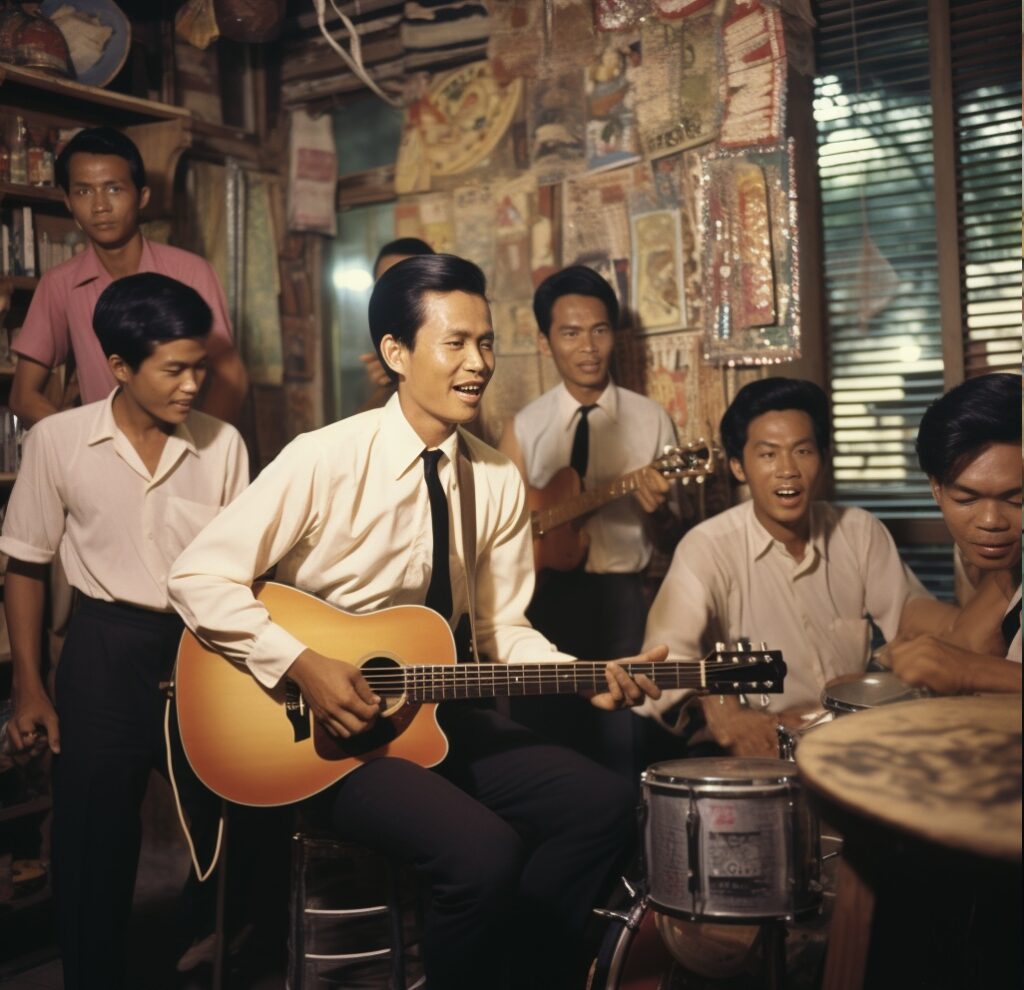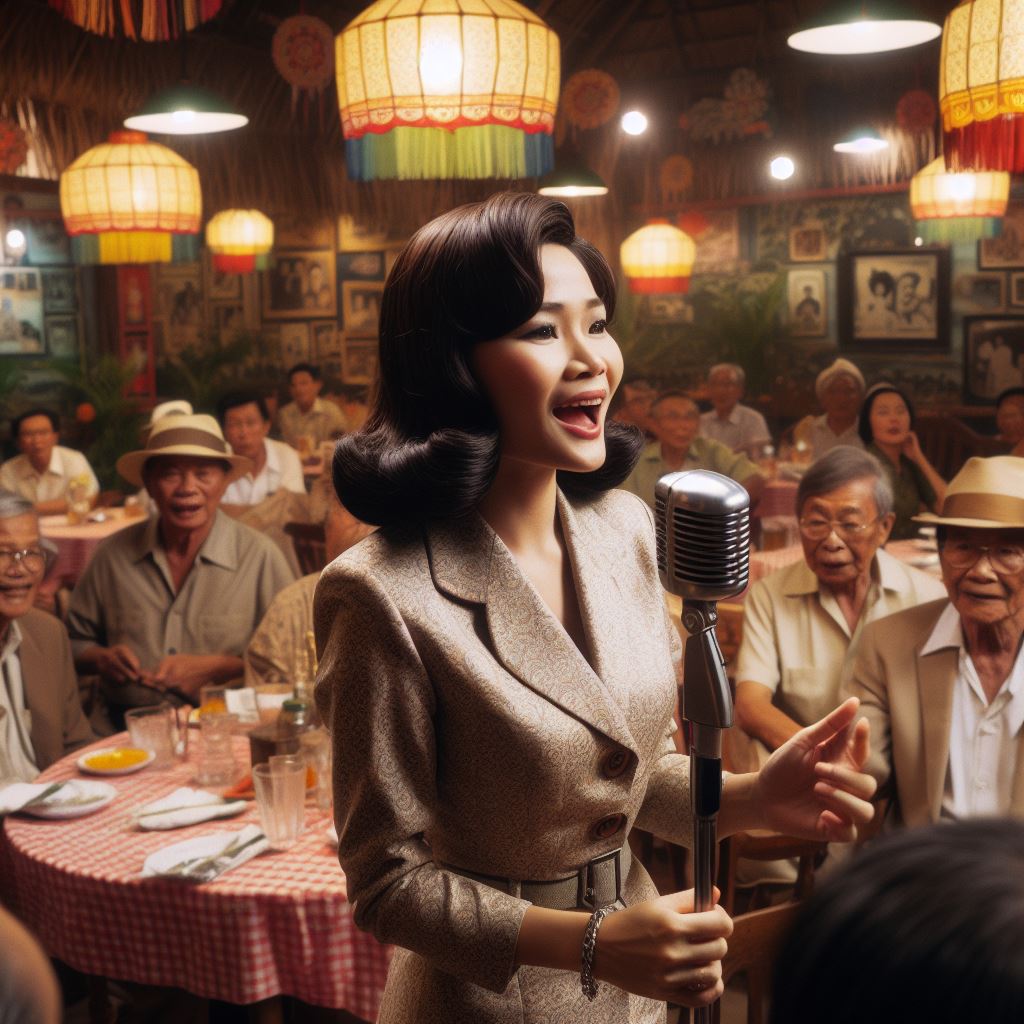In the Kingdom of Cambodia, the social and financial landscape for young women paints a multifaceted picture, deeply influenced by factors such as employment in the tourism sector, informal jobs, and the challenges of single motherhood. As we delve into this complex tapestry, it is essential to explore not only the specific circumstances faced by coffee shop waitresses but also to contextualize these challenges within broader socio-economic trends.
The average age of females in Cambodia adds an additional layer of significance to the discussion. According to recent demographic data, the median age of females in the country is approximately 24 years old. This underscores the youthfulness of the female population, highlighting the pivotal role that young women play in shaping the nation’s present and future.

Turning our attention to the economic dimensions, the average income of coffee shop waitresses becomes a critical point of analysis. Earning between $120 and $170, these women find themselves grappling with financial constraints that permeate various aspects of their lives. A substantial portion of their income is dedicated to covering rent, ranging from $50 to $70, leaving limited room for additional expenses or savings.
GDP grows in Cambodia, but not for everyone
Understanding the broader economic context of Cambodia is instrumental in comprehending the challenges faced by young women. In recent years, Cambodia has experienced significant economic growth, with its Gross Domestic Product (GDP) expanding at an impressive rate. However, the benefits of this growth have not been uniformly distributed, and disparities persist, especially among those employed in informal jobs and certain sectors of the service industry.

Within the tourism sector and informal jobs, the prevalence of employment contracts introduces a semblance of structure to the working relationship. Despite legal provisions for holidays, the exigencies of the industry sometimes force employees to extend their working hours, reaching 12-15 hours a day. This dynamic presents a dichotomy – a formalized employment structure that, in practice, may not fully safeguard the well-being of workers, especially when it comes to work-life balance.
The intersectionality of challenges faced by young women is further compounded by the fact that many are single mothers. Balancing the demands of work with the responsibilities of parenthood is a delicate act that requires resilience and resourcefulness. The economic strains inherent in single parenthood, coupled with the societal expectations placed on women, create a unique set of hurdles for these individuals. Most of them keep the children with parents in the countryside, meeting them only twice or three times a year. Plus, they have to send money home as well.
Addressing these challenges necessitates a comprehensive approach that considers not only immediate workplace conditions but also broader societal structures. Initiatives aimed at improving working conditions, ensuring fair wages, and implementing supportive policies for single mothers can contribute to a more equitable environment. Moreover, as Cambodia continues its economic ascent, it is crucial to implement measures that ensure the inclusive distribution of wealth and opportunities.
In conclusion, the social and financial situation of young women in Cambodia, particularly those employed in the tourism sector and informal jobs, reflects a complex interplay of economic realities, demographic trends, and societal expectations. While economic growth is evident at a macro level, the nuanced experiences of these women underscore the need for targeted interventions to address disparities and foster a more inclusive and sustainable future for all.



